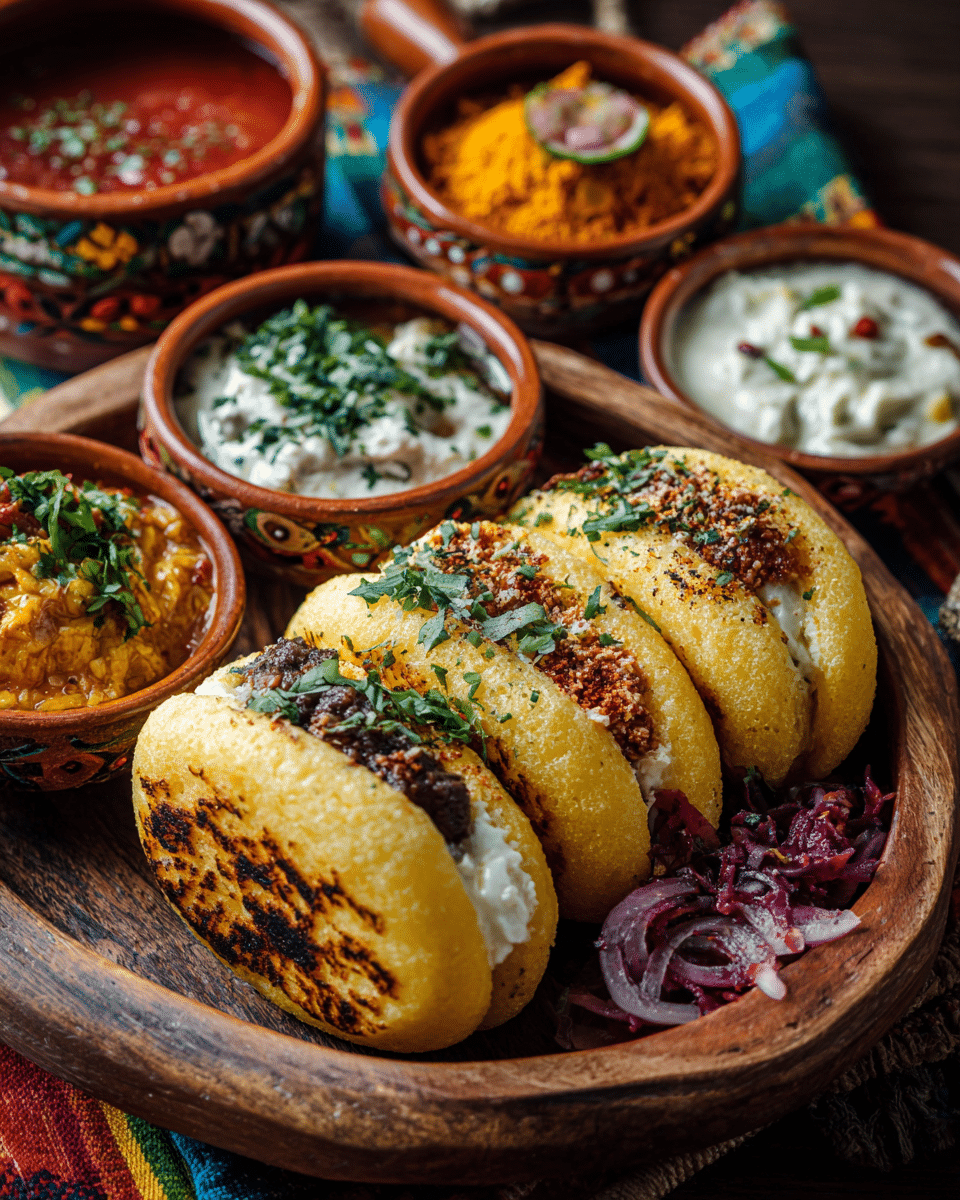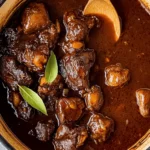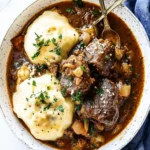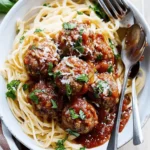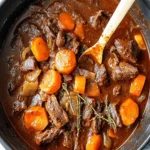Tlacoyos are thick, oval-shaped stuffed masa cakes that hold a special place in traditional Mexican cuisine. Originating from the pre-Hispanic era, these hearty treats are made with masa harina (corn dough) and filled with savory ingredients like refried beans, cheese, or fava beans. They are typically cooked on a comal (griddle) and topped with fresh garnishes such as nopales, salsa, onions, and cheese.
FULL RECIPE
Ingredients
- 2 cups masa harina (corn flour)
- 1 1/2 cups warm water (plus more if needed)
- 1/2 teaspoon salt
- 1 cup refried beans (black or pinto)
- 1/2 cup crumbled queso fresco
- 1/2 cup cooked nopales (cactus paddles), diced
- 1/2 cup salsa verde or roja
- 1/4 cup diced onions
- 1/4 cup fresh cilantro, chopped
- Vegetable oil or cooking spray (for griddle)
Directions
- Prepare the masa: In a large mixing bowl, combine masa harina, warm water, and salt. Mix until a smooth, pliable dough forms. If the dough feels dry, add a little more water.
- Divide the dough: Roll the dough into 8 equal balls.
- Fill the tlacoyos: Flatten each ball into a thick disc. Place about 2 tablespoons of refried beans in the center, fold the edges over to enclose the filling, and gently shape into an oval.
- Preheat the griddle: Heat a comal or nonstick skillet over medium heat and lightly grease with oil or spray.
- Cook the tlacoyos: Place the shaped masa cakes on the griddle. Cook for 4–5 minutes per side, pressing gently with a spatula until both sides are golden brown and slightly charred.
- Add toppings: Transfer to a serving plate and top with nopales, salsa, onions, queso fresco, and fresh cilantro.
- Serve hot: Enjoy immediately for the best texture and flavor.
Nutrition Facts
- Calories: 210
- Protein: 7g
- Total Fat: 5g
- Saturated Fat: 2g
- Cholesterol: 10mg
- Sodium: 280mg
- Total Carbohydrates: 36g
- Dietary Fiber: 6g
- Sugars: 1g
- Vitamin A: 4% DV
- Vitamin C: 8% DV
- Calcium: 6% DV
- Iron: 10% DV
Historical and Cultural Roots of Tlacoyos
Tlacoyos are one of the oldest dishes in Mexican cuisine, tracing their origins back to pre-Hispanic times when indigenous peoples relied heavily on maize as a dietary staple. These oval-shaped stuffed masa cakes were traditionally cooked on clay griddles called comales and filled with locally available ingredients such as beans, fava beans, and herbs. Tlacoyos were commonly sold in bustling marketplaces and eaten as a portable, filling meal. Their enduring presence in Mexican culinary culture highlights the deep connection between food and heritage, especially during national celebrations like Mexican Independence Day, where traditional dishes take center stage.
Nutritional Value and Health Benefits
Despite being a comfort food, tlacoyos can be quite nutritious, especially when made with wholesome ingredients. Masa harina is rich in complex carbohydrates, providing long-lasting energy, while beans or fava beans add plant-based protein and fiber, promoting satiety and digestive health. Toppings such as nopales and salsa contribute antioxidants, vitamins A and C, and essential minerals like calcium and potassium. By using minimal oil for cooking and fresh, nutrient-dense garnishes, tlacoyos can be part of a balanced diet, offering both flavor and nourishment without excessive calories.
Traditional Fillings and Flavor Profiles
The most iconic tlacoyo filling is refried beans—either black or pinto—seasoned for a rich and hearty taste. Fava beans, with their slightly nutty flavor, are another traditional option, while some variations include requesón (a type of fresh cheese) or chicharrón prensado (pressed pork cracklings). Herbs like epazote can be added for aromatic complexity, enhancing the earthy profile of the masa. The fillings are often subtly seasoned, allowing the natural corn flavor of the masa to shine through while being complemented by the fresh, tangy, and sometimes spicy toppings added after cooking.
Cooking Techniques for Perfect Texture
The key to an authentic tlacoyo lies in its texture—crispy and slightly charred on the outside while remaining tender inside. Cooking them on a comal or heavy skillet over medium heat allows the dough to develop a toasty flavor without burning. Lightly oiling the cooking surface prevents sticking and promotes even browning. Pressing the tlacoyos gently with a spatula while cooking ensures uniform contact with the heat source. For a lighter version, some cooks skip oil entirely, relying solely on the dry heat of the comal for a traditional, rustic finish.
Toppings and Garnishes for Added Flavor
Tlacoyos are often enjoyed with an array of vibrant toppings that add freshness and balance to the dense masa cakes. Nopales, or cactus paddles, bring a slightly tart and refreshing note, while crumbled queso fresco adds a mild creaminess. Salsa verde provides a tangy, herbaceous flavor, while salsa roja offers smoky heat for spice lovers. Diced onions, fresh cilantro, and even radish slices enhance the flavor profile with sharpness and crunch. These toppings not only elevate the taste but also add color and visual appeal, making the dish as beautiful as it is delicious.
Regional and Modern Variations
While the classic version is widely recognized, regional adaptations of tlacoyos vary across Mexico. In some areas, they are made smaller for easy snacking, while in others, they are larger and more heavily stuffed for a hearty meal. Modern adaptations include fillings such as sautéed mushrooms, spinach, or even shredded chicken for additional protein. Urban street vendors sometimes experiment with fusion elements, incorporating non-traditional cheeses or global spices to attract diverse palates while still honoring the dish’s cultural foundation.
Serving Suggestions for Festive Occasions
When served for celebrations like Mexican Independence Day, tlacoyos can be arranged on large platters surrounded by colorful garnishes and dipping sauces. They pair beautifully with other traditional foods, creating a diverse spread that showcases Mexican culinary heritage. For an interactive experience, a topping bar can be set up so guests can customize their tlacoyos with different salsas, cheeses, and vegetables. This not only makes the meal engaging but also allows each person to tailor flavors to their liking, making it a hit at both casual gatherings and formal events.
Ideal Side Dishes and Beverage Pairings
Tlacoyos are hearty enough to stand alone but also work well with complementary side dishes. Light soups, such as a clear chicken broth with vegetables, can balance their richness, while a fresh salad with lime dressing adds brightness. Beverages like agua fresca, hibiscus tea, or atole enhance the traditional experience, while Mexican hot chocolate offers comfort during cooler months. For adult gatherings, a light beer or mezcal-based cocktail pairs beautifully, with the smokiness of mezcal complementing the masa’s earthy flavor.
Storage and Reheating Tips
Freshly cooked tlacoyos are best enjoyed immediately, but they can also be stored for later. To keep them from drying out, wrap them in a clean kitchen towel or foil and place them in an airtight container. Refrigerated, they last up to three days, while freezing can extend their shelf life for up to a month. For reheating, a dry skillet or comal works best to restore crispness without adding excess oil. Avoid microwaving, as it tends to make the masa chewy rather than pleasantly soft.
Advertisement
Making Tlacoyos in Advance for Large Gatherings
For events or parties, prepping tlacoyos in advance can save significant time. The masa dough and filling can be prepared a day ahead and stored separately, then shaped and cooked just before serving. If cooking ahead of time, slightly undercook them and finish on the comal when ready to eat. Keeping them warm in a low oven ensures they maintain their texture without becoming soggy. This approach allows hosts to serve fresh, hot tlacoyos without the stress of last-minute preparation.
Conclusion
Tlacoyos are a delicious representation of Mexico’s rich culinary history, combining simple, wholesome ingredients with bold flavors and traditional cooking methods. Their versatility allows them to fit seamlessly into both everyday meals and festive celebrations, offering endless possibilities for customization. Whether filled with beans, fava beans, or creative modern alternatives, tlacoyos bring a sense of authenticity and comfort to the table.

